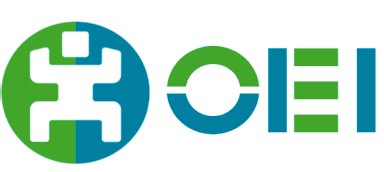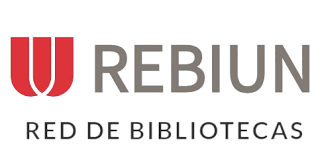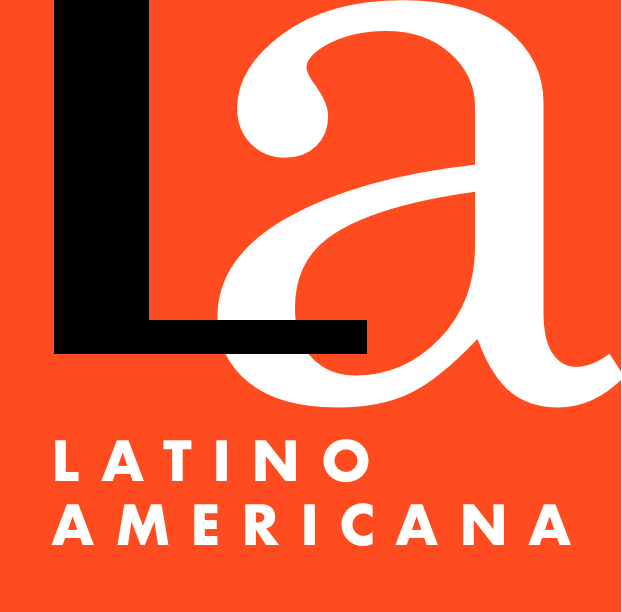Inclusion of deaf people, as ethnic group, in the educational systems
Keywords:
Deaf people, Ethnic groups, InclusionAbstract
The literature on deaf education portrays numerous examples that demonstrate how, for a long time, Deaf people have been misunderstood by the hearing society. Even though in recent years they have clearly articulated that they have their own language and culture (Carty, 1994; Kannapell, 1994; Ladd, 1994; Padden, 2003), often the decisions about language use in their education are made by hearing people who don’t share their vision. More recently, the integration movement has touched deaf education as well. There are positive points for the Deaf community, and also negative points in the way education is sometimes carried out. In this work, I will clarify and re-define some terms I consider important in demonstrating that the Deaf are an ethnic group with very special traits. These concepts can help us understand their past and present and improve their future, especially in the area of education. Then I will articulate what I consider a true model of inclusion for the Deaf and share the plan developed by the Special Education Team at the Ministry of Education in Chile.
Downloads
Published
How to Cite
Issue
Section
License
Copyright (c) 2009 Revista Latinoamericana de Educación Inclusiva - Latin American Journal of Inclusive Educatio

This work is licensed under a Creative Commons Attribution 4.0 International License.
Creative Commons Attribution (by)
This licence permits the exploitation of the work, as well as the creation of derivative works, the distribution of which is also permitted on condition that express reference is made to the author, i.e. that his/her name appears in any use or act of exploitation of the work.













